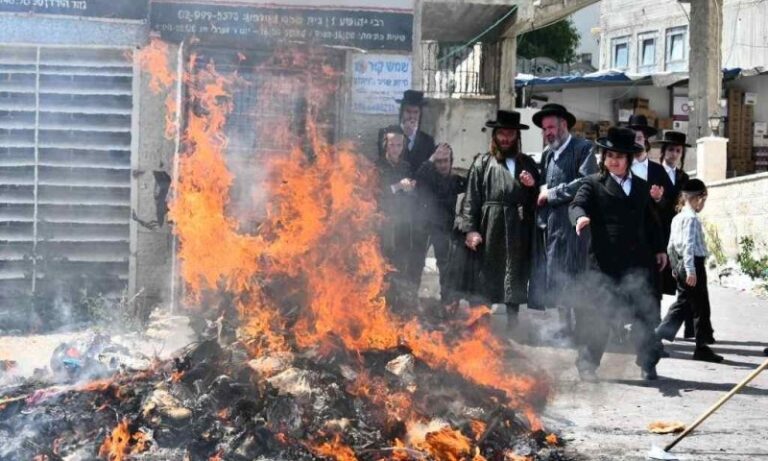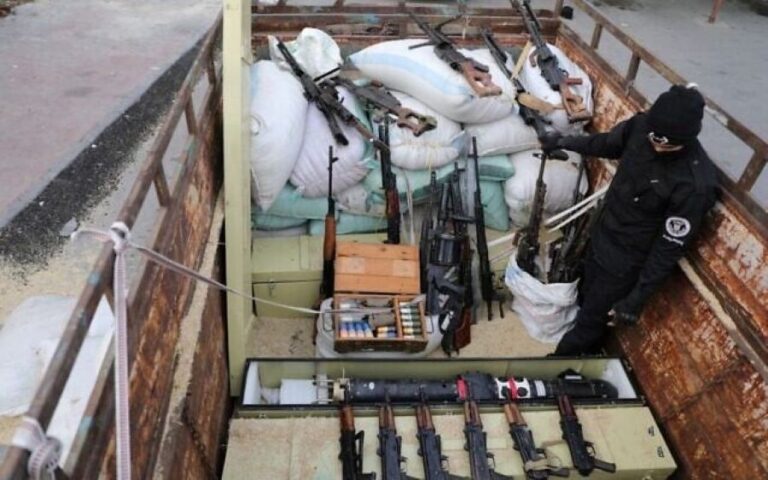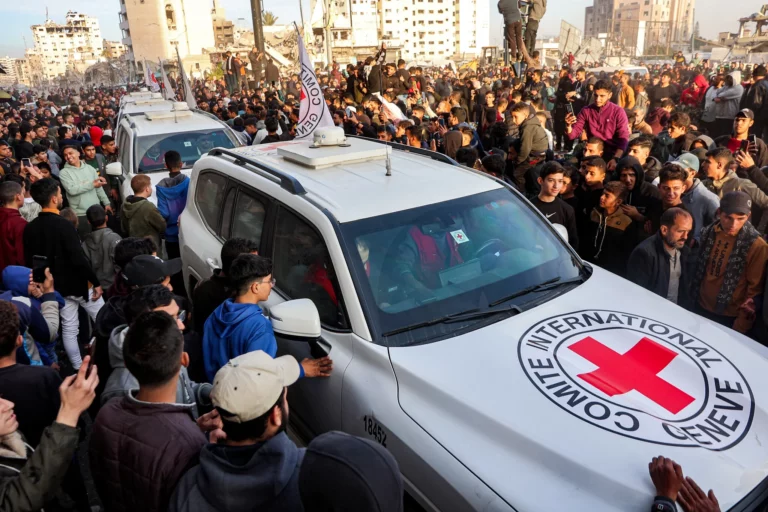 The gasoline price roller coaster is running a strange course this summer.
The gasoline price roller coaster is running a strange course this summer.
August began with the lowest average gasoline price for this time of year since 2010. Just a few weeks ago, drivers were paying the highest gasoline July Fourth gasoline price in six years.
The average price of a gallon of gasoline is $3.52 after falling 16 cents over the last month. Prices may continue to slide in early August and post larger drops after Labor Day — as long as there are no hurricanes that halt production in the Gulf Coast or violence in the Middle East that disrupts crude supplies.
“We’ll see some more drops, and clearly we’ll be below $3.50 by Monday,” says Tom Kloza, chief oil analyst at the Oil Price Information Service and GasBuddy.com. “It’s absolutely counter-intuitive.”
Gasoline prices usually drop between Memorial Day and July Fourth after refiners have begun making more-expensive summer blends of gasoline. They then tend to rise between July Fourth and Labor Day as vacation drivers burn through supplies and traders worry about hurricanes.
This year, gasoline prices rose after Memorial Day because turmoil in Iraq, OPEC’s second-biggest exporter, sent global crude prices rising. Oil rose to $107 per barrel on June 20 and gasoline reached $3.68 a gallon in late June.
Since then, fears that Iraqi oil exports would be blocked have subsided. Global supplies appear to be ample, offsetting any potential impact from U.S. and European sanctions against Russia, the world’s biggest exporter outside of OPEC. And ongoing fighting between Israel and Hamas doesn’t threaten oil production.
Crude oil fell Friday for the fifth day in a row, to $97.88 per barrel, its lowest price since early February.
At the same time, U.S. refiners have cranked up their operations, making higher-than-normal amounts of fuel and building supplies of gasoline. As a result, the national average gasoline price fell 30 out of 31 days last month, according to AAA, and posted their largest July decline in 6 years.
(AP)










